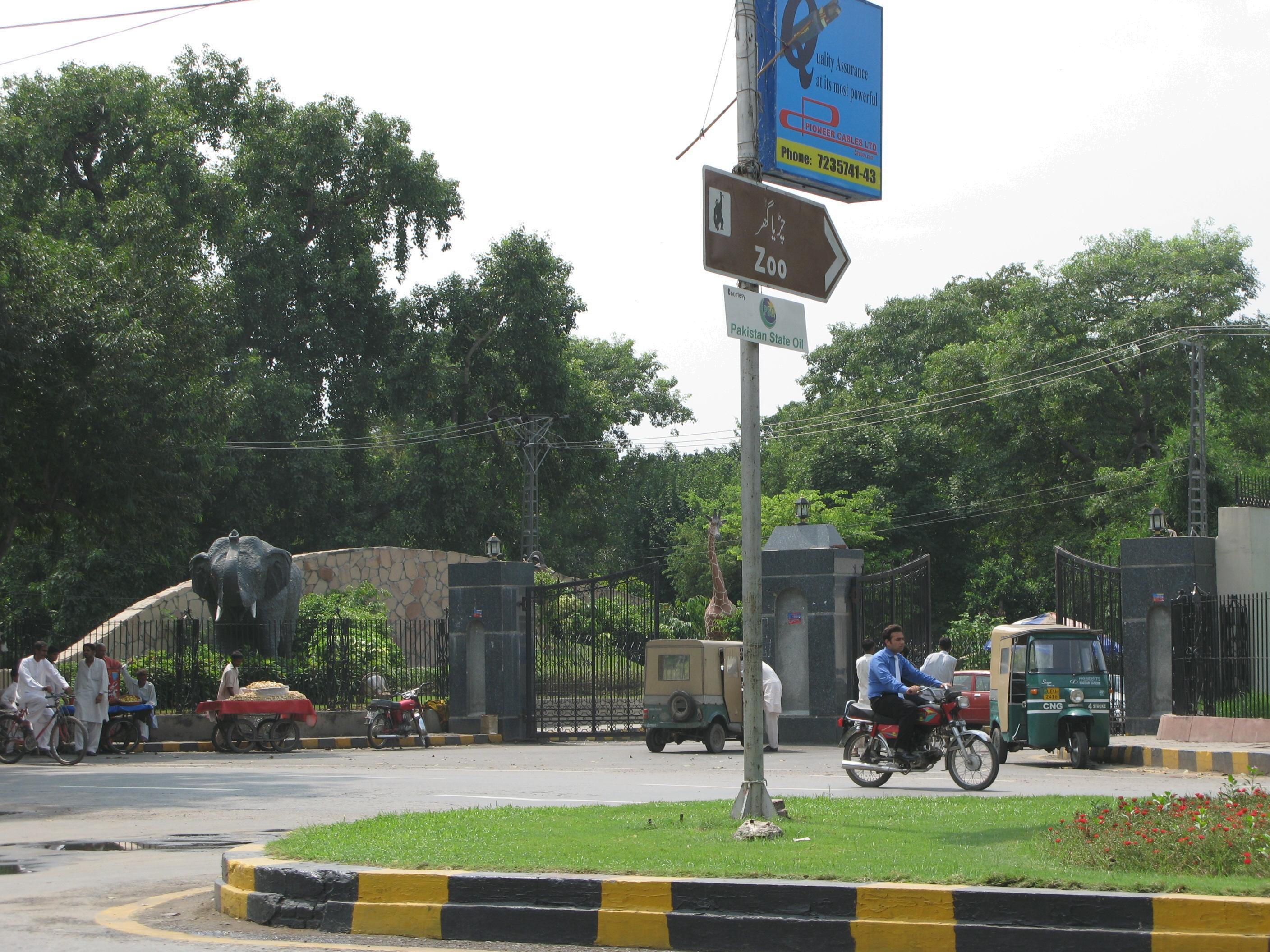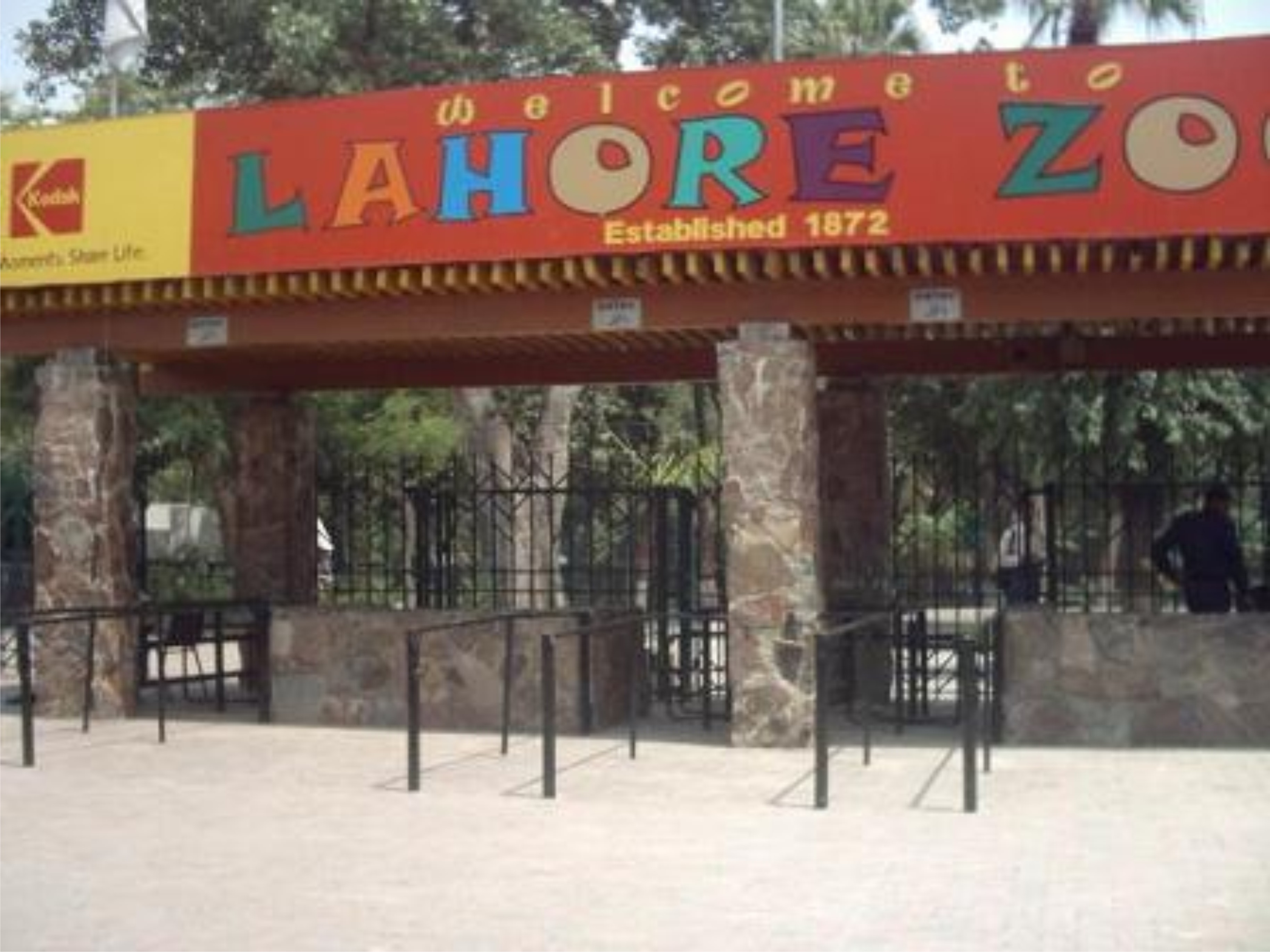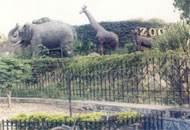 Wildlife can only truly be enjoyed when experienced firsthand. Zoos are not just a place where different species are collected; in fact, a good zoo must represent the natural habitat of each particular animal as far as is possible. We may think of zoos as mere tourist attractions or recreational spots, but they play an important role in education and conservation, and provide excellent opportunities for research on animals and their habits. It is here that the Lahore Zoo has carved a niche for itself that is distinct from other zoos in the country. Through various innovative schemes and programmes, this organisation inspires an understanding regarding the significance of animals and helps preserve species.
Wildlife can only truly be enjoyed when experienced firsthand. Zoos are not just a place where different species are collected; in fact, a good zoo must represent the natural habitat of each particular animal as far as is possible. We may think of zoos as mere tourist attractions or recreational spots, but they play an important role in education and conservation, and provide excellent opportunities for research on animals and their habits. It is here that the Lahore Zoo has carved a niche for itself that is distinct from other zoos in the country. Through various innovative schemes and programmes, this organisation inspires an understanding regarding the significance of animals and helps preserve species.
The Lahore Zoo currently runs two adoption schemes, which target different people and aim at different results. The Animal Adoption Scheme allows individuals or companies to ?adopt? an animal by covering its feeding costs, while the Zoo benefits because these contributions defray its massive food bill of Rs 4,800,000 per year. From the exotic African lion, hippopotamus and oryx to the humble sparrow, various animals can be adopted at a cost varying from Rs 146 to Rs 372,000 per year (depending on the animal?s diet). According to Bushra Nisar Khan, Education Officer for the zoo since June 2004, the adoptive parents are sent a monthly report informing them about their animal?s health and how their money is being spent. The adoptive parents are also awarded a recognition certificate, and their names are displayed on the animal?s enclosure. The second adoption scheme aims to raise awareness and create a bond between animals and young people. The Young Friends Animal Adoption Programme is designed for people with a low budget, and animals can be adopted for as little as Rs 50 per year.
 Stocking and maintaining a good zoo collection is no easy task. Most animals are imported through international agencies which obtain them from natural habitats; this means that freight charges are high. However, the advantage of using agencies lies in the fact that they provide animal insurance and quarantine facilities ? important because a disease in a new animal could spread. The Lahore Zoo has also obtained animals through exchange programmes, the first of which was with the Karachi Zoo. The organisation is now looking forward to an exchange programme with the Delhi Zoo (India), and is also communicating with the New Jersey Zoo (USA) about the possibilities of collaboration.
Stocking and maintaining a good zoo collection is no easy task. Most animals are imported through international agencies which obtain them from natural habitats; this means that freight charges are high. However, the advantage of using agencies lies in the fact that they provide animal insurance and quarantine facilities ? important because a disease in a new animal could spread. The Lahore Zoo has also obtained animals through exchange programmes, the first of which was with the Karachi Zoo. The organisation is now looking forward to an exchange programme with the Delhi Zoo (India), and is also communicating with the New Jersey Zoo (USA) about the possibilities of collaboration.
One of the fundamental factors behind the success of any zoo is an interested and educated public. Visitors with the best of intentions can put animals at risk by feeding them unsuitable substances, or by throwing trash into their enclosures. Some time ago, a giraffe at the Lahore Zoo died from ingesting a plastic bag, and I inquired about measures taken by the administration to prevent another such incident. Ms Khan showed me a sketch depicting a giraffe and a deer, saying ?please don?t kill me? in English and in Urdu. Such illustrations are being put up all over the zoo, in the hope of increasing awareness, particularly among young people. With reference to Tinku, a chimpanzee who died of pneumonia in 2004, Ms Khan points out that certain aspects of animal care are out of the zoo administration?s control. ?Animals are not human beings, who will follow instructions,? she says, but adds that the Lahore Zoo?s animal keepers could do with more training.
With this goal in mind, Bushra Khan ? who has an MPhil from the Government College University and a PhD in Wildlife on the cards ? is in the process of setting up a scheme whereby a trained team of volunteers will be created. She believes that the priority of any zoo must be to employ keepers who not only care, but also know about the animals they tend to so that visitors can, in turn, be educated. Financial constraints do not allow a trained keeper at every enclosure, but volunteer work can prove immensely valuable. The management encourages volunteers to act as zoo keepers, feed animals and even clean cages. Some people also join the zoo patrol.
Last year, an expert from the Chester Zoo (United Kingdom) held a seminar on techniques for the handling of small mammals, and the Lahore Zoo is also a member of the South Asian Zoo Association for Regional Cooperation (SAZARC). This organisation was established in 1999 and meets annually in different member countries. The meetings are attended by animal experts from all over the world, and provide opportunities for the sharing of knowledge and techniques. International zoo norms dictate an emphasis on education, conservation, research and then recreation, in order of importance.
To this end, in 2001 the Lahore Zoo initiated an education programme in collaboration with the World Wildlife Fund Pakistan (WWF-Pakistan). Under this scheme, guided tours are arranged for schools and educational material for the students is provided free of cost. Before Ms Bushra Khan became the zoo?s full-time educational officer, this programme was headed by Ms Uzma Khan of the WWF-Pakistan. The goal being to educate as well as entertain, there are various activities such as a session where visitors can actually touch animals and feel their skin, horns or feathers. Then there is a discussion session where people are given information about various animals and can ask questions about their favourites. Possibly the most popular initiative of all is the weekly elephant walk, when the animal?s feet are painted and young children follow the tracks.
The United Nations Development Programme (UNDP) also funds an outreach conservation programme at the Lahore Zoo. This involves educating and training people regarding animals in captivity such as the oryx, lion and tiger, to which end zoo personnel visit schools and disseminate information regarding animal conservation. The second initiative of this programme works in collaboration with the Sindh Wildlife Department and the WWF-Pakistan, and works towards conserving the endangered Indus River dolphins, commonly known as the blind dolphins. Cumulatively, such programmes foster a feeling of intimacy and affection towards the animals, and increase the number of people volunteering for the zoo.
The Lahore Zoo now plans to upgrade its facilities in order to duplicate the natural habitats of zoo animals. Expected to be launched in August, a chimp island, jungle caf鬠leopard house, a new reptile house and many other facilities are to be constructed under this project. The zoo?s office building will also be remodelled to provide the zoo with its own medical dispensary. Currently, while the zoo does have medical advisors, it has to rely on the University of Veterinary Sciences for expertise and animal exigencies. With the combined efforts of the zoo administration and increased public interest, the Lahore Zoo is doing its bit in cultivating a more informed and environmentally ethical society.
Kashif Farooq.
Right click on any page is not allowed


 Stocking and maintaining a good zoo collection is no easy task. Most animals are imported through international agencies which obtain them from natural habitats; this means that freight charges are high. However, the advantage of using agencies lies in the fact that they provide animal insurance and quarantine facilities ? important because a disease in a new animal could spread. The Lahore Zoo has also obtained animals through exchange programmes, the first of which was with the Karachi Zoo. The organisation is now looking forward to an exchange programme with the Delhi Zoo (India), and is also communicating with the New Jersey Zoo (USA) about the possibilities of collaboration.
Stocking and maintaining a good zoo collection is no easy task. Most animals are imported through international agencies which obtain them from natural habitats; this means that freight charges are high. However, the advantage of using agencies lies in the fact that they provide animal insurance and quarantine facilities ? important because a disease in a new animal could spread. The Lahore Zoo has also obtained animals through exchange programmes, the first of which was with the Karachi Zoo. The organisation is now looking forward to an exchange programme with the Delhi Zoo (India), and is also communicating with the New Jersey Zoo (USA) about the possibilities of collaboration.